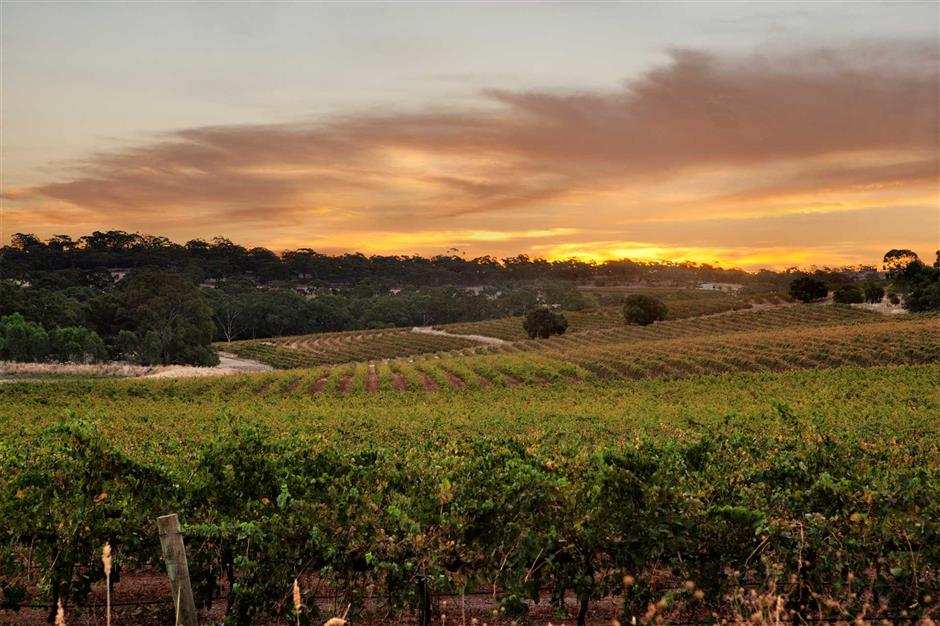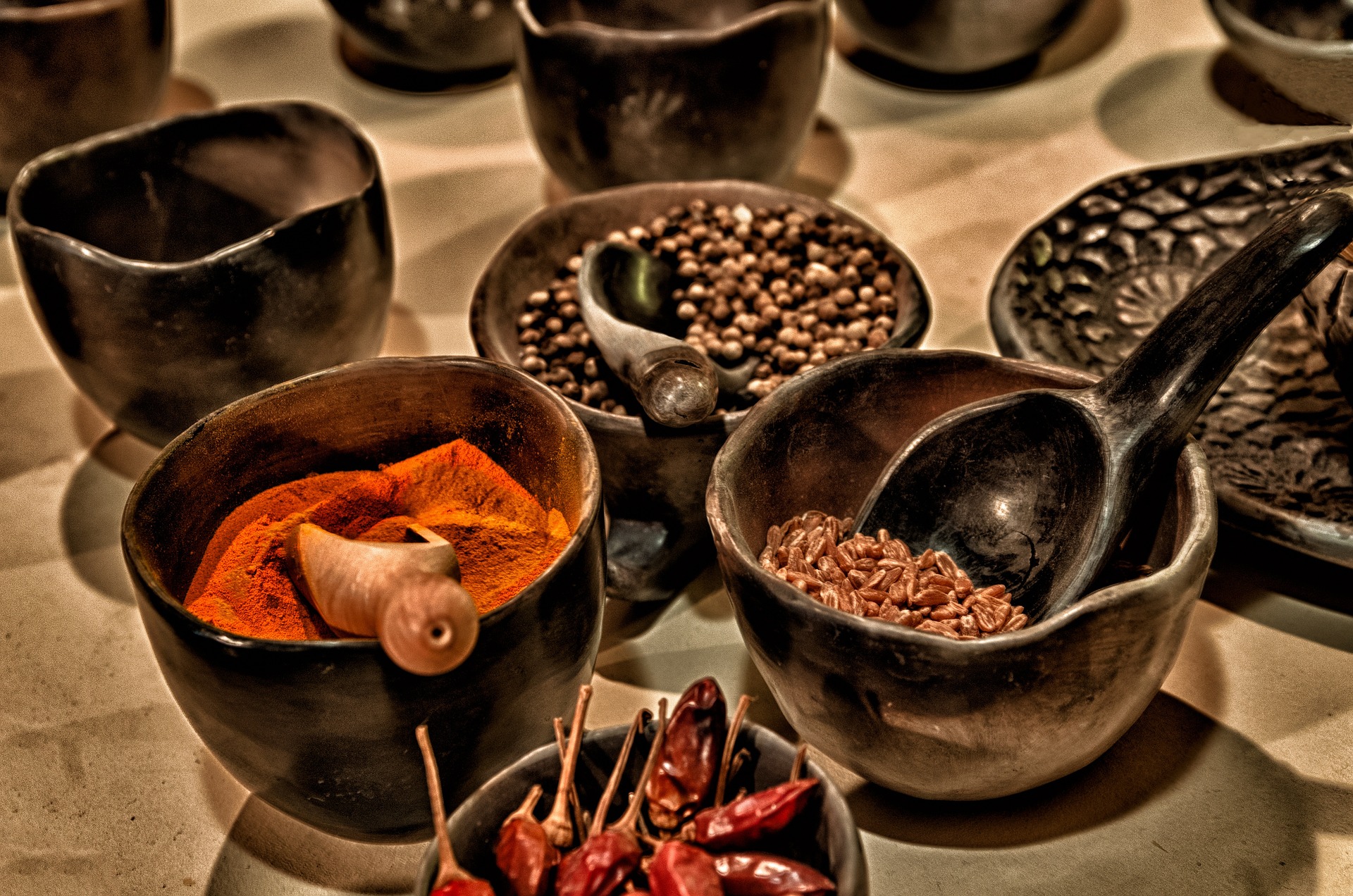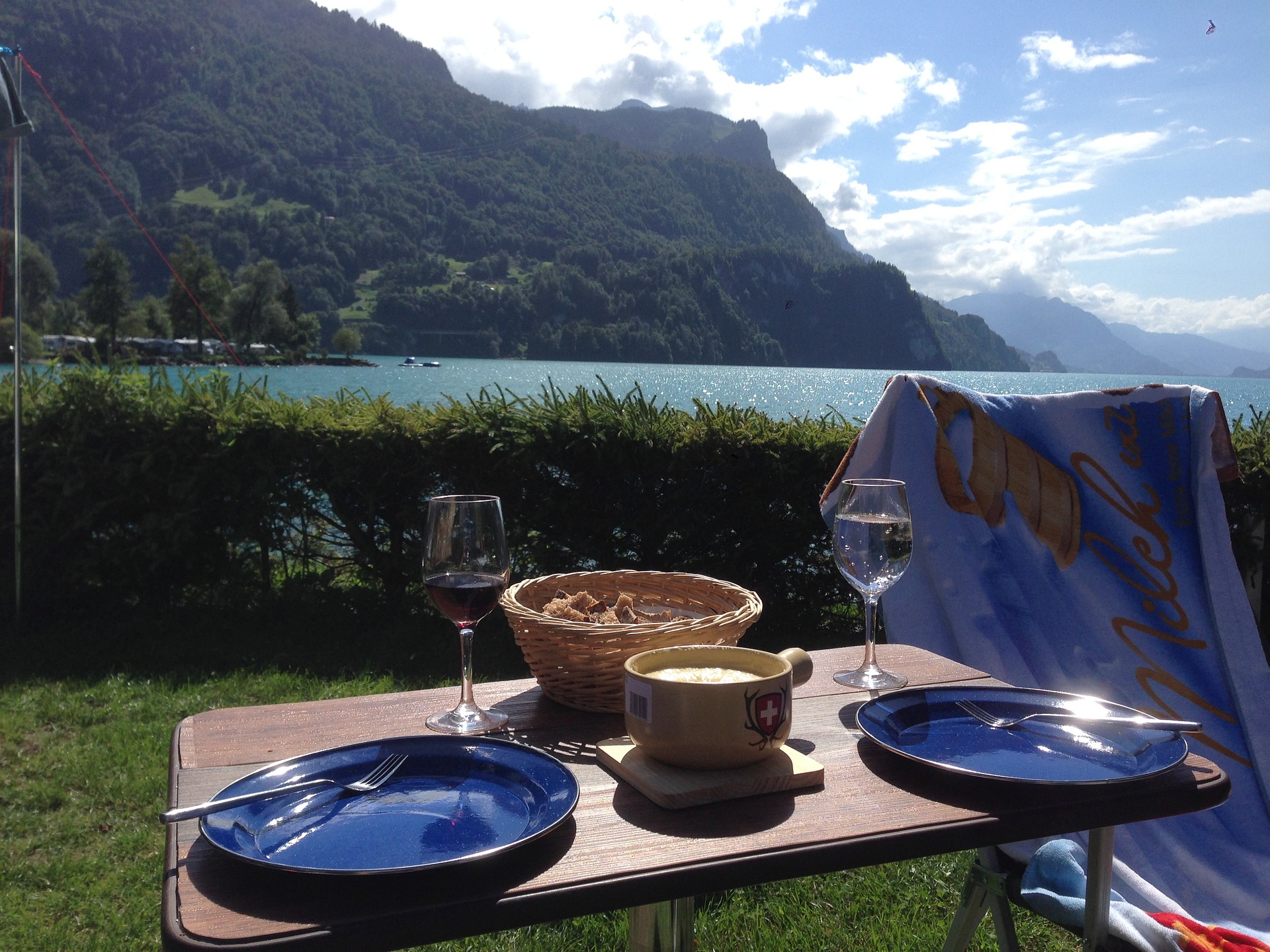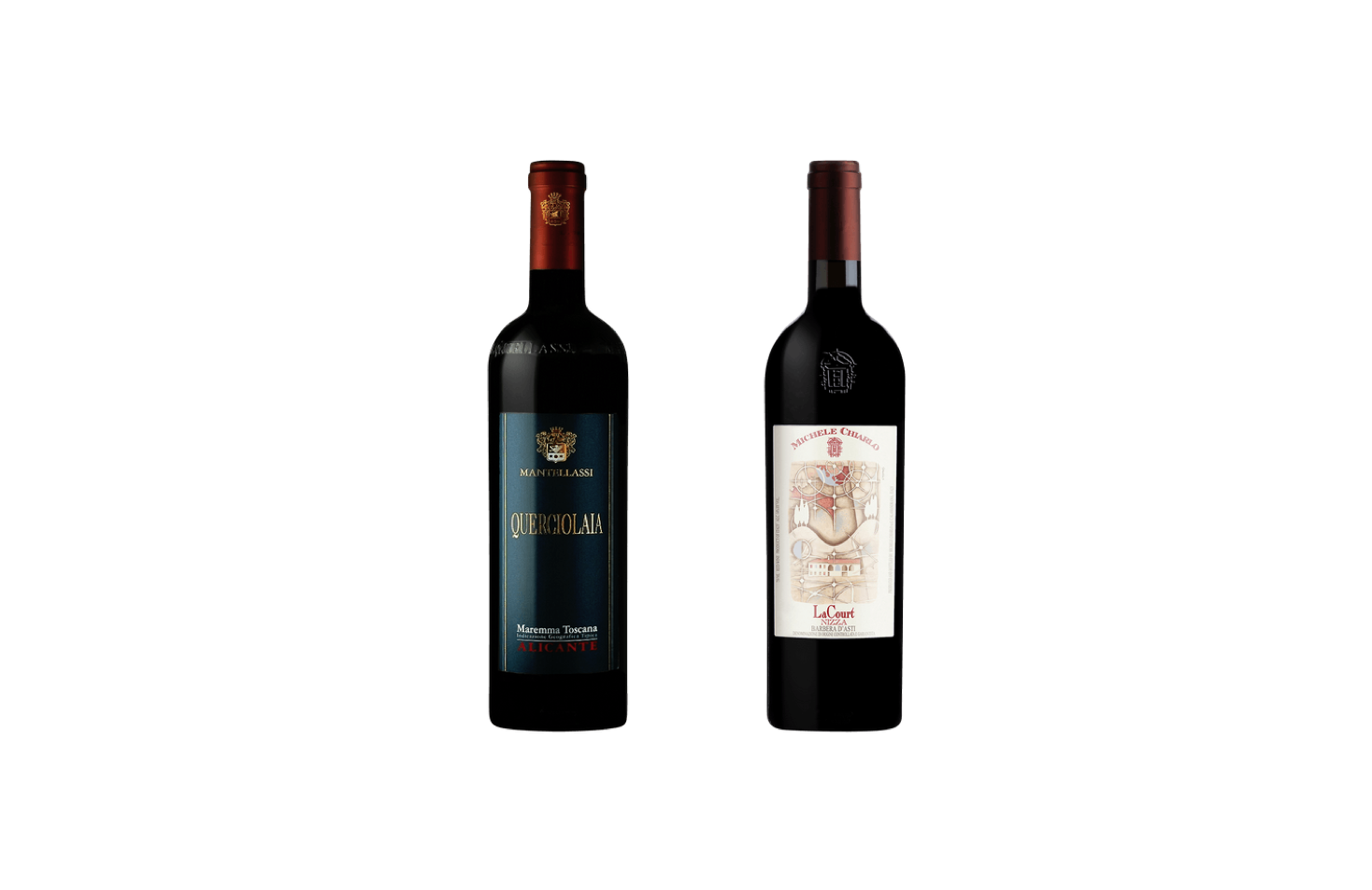Summary
The days are getting longer, brighter and warmer while the spring scents are enticing people to parks, riversides or on leisurely boat rides. It is also a perfect opportunity for a picnic. Today’s iDeal cover story introduces readers to the multi-faceted picnic opportunities in the city.
Though I spend most my time in Shanghai, I seldom have time for fun picnics. Instead, I’m usually confined to hotel conference rooms, exhibitions and restaurants. Not a bad life, but hardly a picnic. Yet there’s one place of solitude where I can snack on my favorite treats and it just happens to be more than 10,000 meters in the sky.
The upside of frequent flying is meeting different people with multi-cultural experiences, including various cuisines. The downside is the food you’re likely to experience in flight. Unless I’m flying with a carrier I know serves delicious meals like Xiamen Airlines, my solution is often to BMOF — bring my own food and enjoy a charming picnic in the sky.
What I choose to bring onboard depends on the origin of my flight. When leaving my home in Shanghai I’m fond of bringing various Shanghai snacks including seaweed and salted peanuts. When departing New York just before my trip to the airport I’ll stop by a Jewish delicatessen and grab a Pastrami or Rueben on rye. Yes, New York delis definitely make the world’s best sandwiches!
My most frequent destinations are in Europe, especially Italy; so, every time I depart Rome or Milan for a cross-continent flight I’ll pack a nice assortment of salami, cheese and marinated olives. All the aforementioned snacks are flight-friendly, meaning they perform well in high-altitude dry environments, but any real gourmet must ask the question: What about the accompanying wines?
Some wines perform well at both high altitudes and in aircraft cabins during flight, but many do not. The lower levels of oxygen, higher pressure and humidity often change the performance of wine. This less-than-ideal environment also degrades one’s ability to taste and some studies claim travelers may lose as much as 30 percent of their taste acuteness.

Dusk over the rolling vineyards of Clare Valley
Fruit-forward wines
Wine professionals working with airlines almost uniformly agree that fruit-forward wines with moderate tannins and mild acidity are the most flight-friendly wines. This is because ripe and fruity wines retain their best attributes and are still quite pleasant in a dry, high-altitude environment while less fruity and more tannic red wines tend to become overly tannic and aggressive.
Therefore, when choosing a synergistic wine partner for in-flight snacks, you need a combination of fruitiness, freshness and food versatility. One style of white wine meets all these criteria.
Winemaking in Clare Valley dates back to the 1840s when the valley was first settled by John Horrocks and his manservant John Green.
It was Green who planted the first vines and attempted to vinify a quality wine in these pristine rolling hills. In 1848, winemaking in Clare Valley received another boost when Jesuits escaping persecution in Silesia, Poland, settled in the area and planted more vines. They were soon joined by others and the region gradually became known for producing some of the best wines from Down Under.
Today, Clare Valley boasts over 50 wineries most of whom are medium to small in size and specialize in premium wines. Fine Cabs and Shiraz wines are made in Clare Valley but unquestionably the region’s most acclaimed wines are Rieslings. In fact, if you could pick a perfect climate to cultivate Riesling it would very much resemble the Clare Valley climate. The region has an elevation of 400 to 500 meters with a moderate continental climate featuring warm to hot days and cool to cold evenings. The heat of the day provides the necessary ripeness while the cool evenings offset the heat of the day and allow the fruit to ripen slowly and more evenly.
The dry summers mitigate the presence of fungal diseases and pests. Put all these factors together and the result is world-class Rieslings.
The archetypal Clare Valley Riesling offers intense-ripe and semi-ripe citrus and elegant yellow fruit flavors with good minerality and natural acidity making these whites some of the most stylish and clean white wines in Australia.
This intrinsic balance between fruit and acidity also helps make them exceedingly flight-friendly. It’s also interesting to note that Clare Valley producers were among the first to switch from the traditional cork closure to the Stelvin screwcap, rightfully believing the new screwcap better preserved the fresh flavors of their wines. To preserve the crisp and clean qualities of these Rieslings it’s best to serve them well-chilled, about 6-8 degrees Celsius.
Lovers of Clare Valley Rieslings have been fortunate as most of the recent vintages have been excellent with the notable exception of 2011.
Some of the top producers with wines available in Shanghai include Grosset, established in 1981 and known for their world-class Rieslings, including the single vineyard Polish Hill. Some wine connoisseurs consider it the best Aussie Riesling; Pikes, a large producer with reasonably priced, consistently delicious wines; Knappstein, a small producer making fresh and pure Rieslings; and Jim Barry, a highly esteemed producer that makes fine reds as well as distinctive Rieslings.





